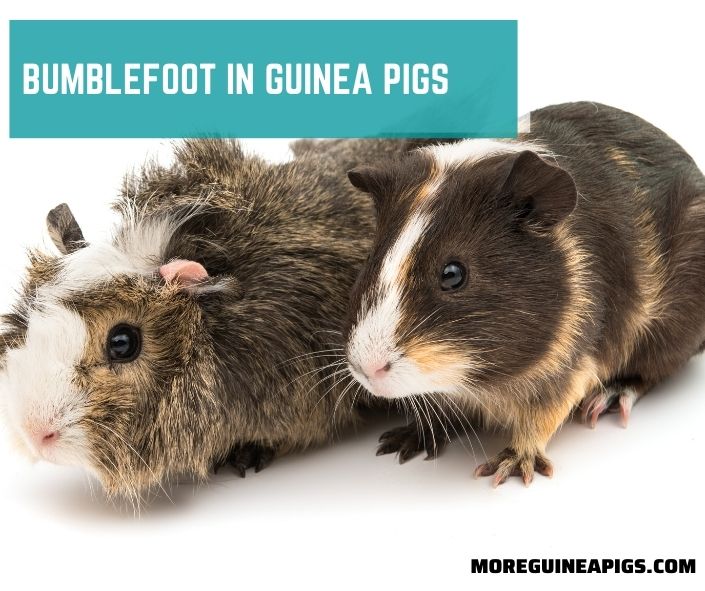
Bumblefoot in Guinea Pigs Signs, Causes, Treatment, and Preventison More Guinea Pigs
Bumblefoot, or pododermatitis, is a condition that affects the feet of guinea pigs. It is characterised by inflammation and infection of the foot pads. The name "bumblefoot" is derived from the swollen, bumpy appearance of the affected feet. What Does Bumblefoot Look Like?

Guinea pig Jefferson Bumblefoot 2 week update at Cavy Central YouTube
1. What is bumblefoot in a guinea pig? A guinea pig's bumblefoot is an infection of the pig's paw pad. Bumblefoot in guinea pigs is, unfortunately, a common problem in pet piggies. It's also extremely uncomfortable for the guinea pig, especially when the small furries spend most of the day on their feet.

How to Treat Bumblefoot in Guinea Pigs 15 Steps (with Pictures)
Bumblefoot is a footpad infection of guinea pig, which is very much painful. Pododermatitis is a condition in which heels of guinea pigs become red or swollen and develop inflammation. The Bumblefoot looks similar to small tumors or calluses of the foot. What causes bumblefoot in guinea pigs?
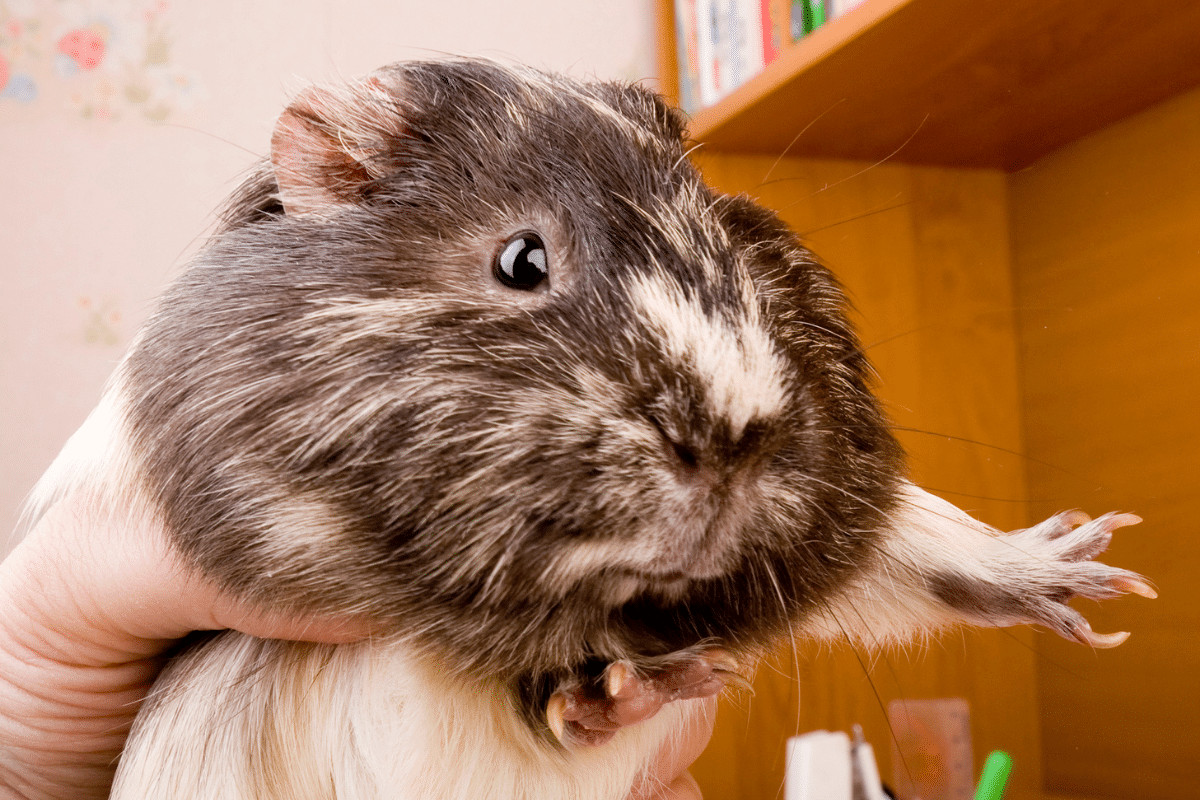
Does My Guinea Pig Have Bumblefoot? Home & Roost
Foot sores, also known as bumblefoot, are common in guinea pigs. The sores are usually caused by bacteria that enters the body through a cut or scrape on the bottom of a guinea pig's foot. Foot sores, which require treatment by a vet, can be very painful for a guinea pig and could lead to serious health problems if left untreated.
does My Guinea Pig Have Bumblefoot?
Bumblefoot is a painful and potentially serious condition that can affect your guinea pig's feet and can lead to infections and even mobility issues. Guinea pigs can handle themselves wherever you put them, but not when they get a bumblefoot!

How to Treat Bumblefoot in Guinea Pigs 15 Steps (with Pictures)
Bumblefoot (pododermatitis) is a potentially fatal ulceration and infection of a guinea pig's feet and/or toes. It can be caused by any number of factors, including the guinea pig being overweight, untrimmed nails, poor sanitation, or wire cage floors. Once your guinea pig gets it, you should see your vet.
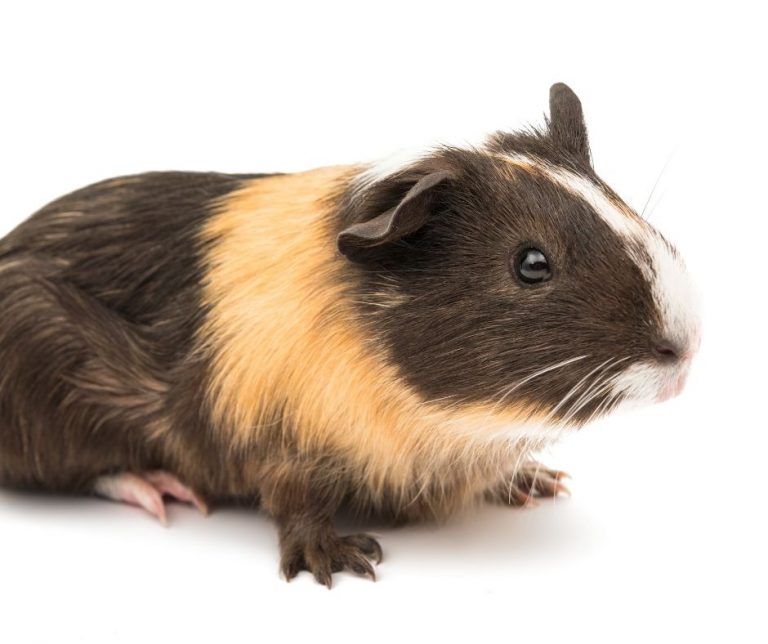
Bumblefoot in Guinea Pigs Signs, Causes, Treatment, and Preventison More Guinea Pigs
Pododermatitis in Guinea Pigs. Pododermatitis is a condition in which a guinea pig's footpad becomes inflamed, develops sores, or becomes overgrown. The appearance may be similar to callouses, or small tumors on the bottom of the foot. This condition is commonly referred to as bumblefoot.

Bumblefoot in Guinea Pigs What, Why and How to Treat? Squeak Dreams YouTube
Bumblefoot can be a common ailment in guinea pigs, but not many owners know about it or how serious it can become! This video summarises the key information,.

Bacterial Disease of the Foot Bumblefoot in Guinea Pigs PetMD
The most obvious signs of Bumblefoot in guinea pigs are an awkward stance, reluctance to move, painful movements, hopping instead of walking, refusal to eat/anorexia, depression, lameness, weight loss, stress, aggression, and the inability to thrive. Diagnosis of Bumblefoot in Guinea Pigs

My Guinea Pig Has Bumblefoot Causes & Treatment Plan
Bumblefoot occurs usually in older guinea pigs living in too small cages. Small cages are bad for a number of reasons, but when it comes to bumblefoot, they contribute by not providing space enough to go for a stroll, and blood flow to the area becomes restricted.

Guinea Pig Bumblefoot [Health Basics]! YouTube
Home Diseases of Research Animals (DORA) Guinea Pigs Pododermatitis (Bumblefoot) Etiology: Staphylococcus aureus is a Gram-positive coccus that makes coagulase and hemolysin. S. aureus isfrequently isolated from mucous membranes and skin and is considered resident or "normal" flora.
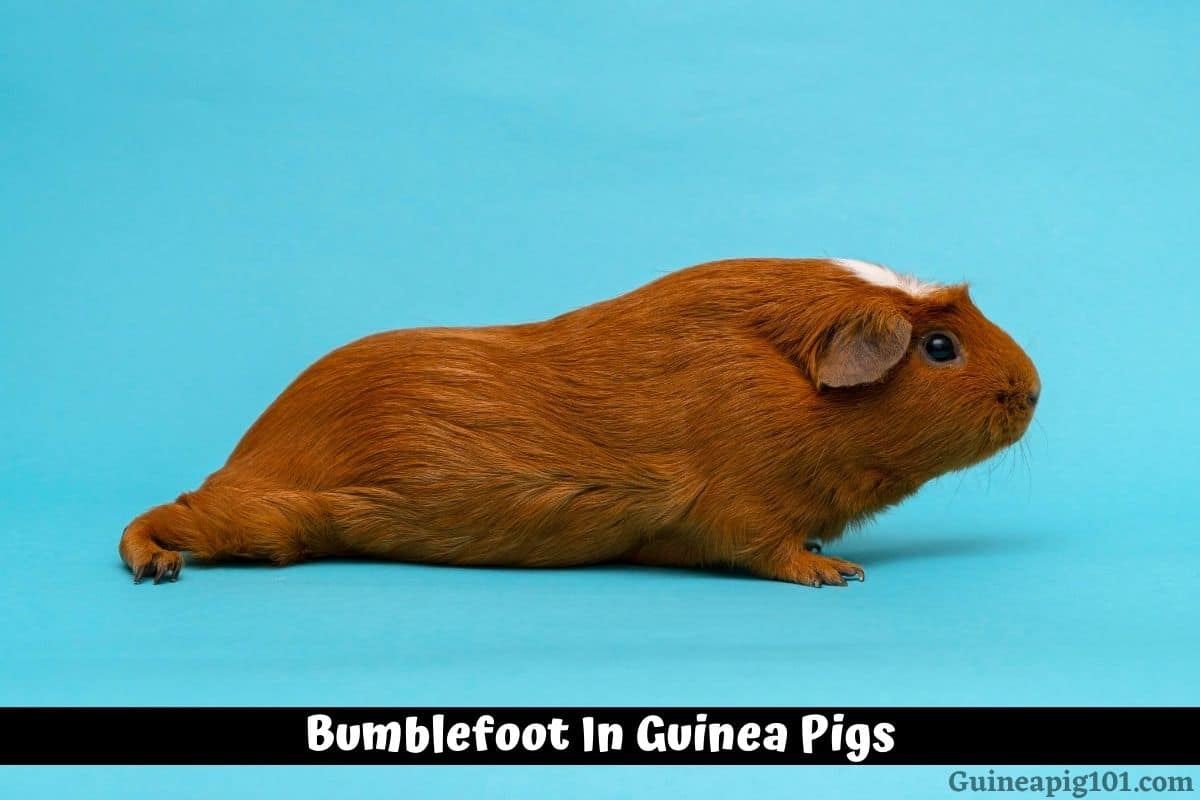
Bumblefoot In Guinea Pigs (Pododermatitis) Causes, Signs & Treatment
Bumblefoot in a guinea pig Bumblefoot ( ulcerative pododermatitis) is a common bacterial infection and inflammatory reaction that occurs on the feet of birds, rodents, and rabbits. [1] It is caused by bacteria, namely species of Staphylococcus, Pseudomonas, and Escherichia, with S. aureus being the most common cause of the infection. [1]

How to Treat Guinea Pig Bumblefoot Simple Ways to Treat
In conclusion, bumblefoot is a common health issue in guinea pigs that can be caused by various factors, including poor living conditions, improper diet, and lack of exercise. Early detection and treatment are crucial to prevent the infection from spreading and to alleviate your guinea pig's pain and discomfort.
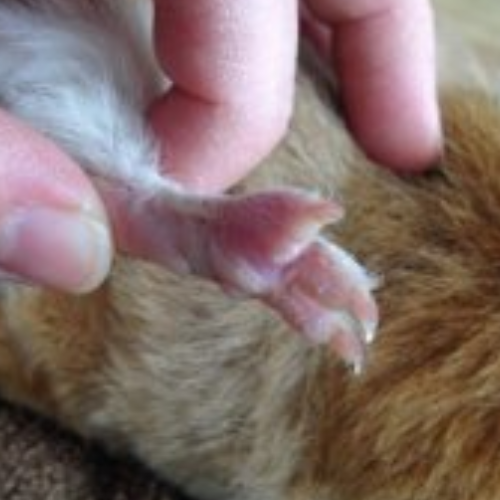
Guinea Pig Bumblefoot Stages [Updated]
PODODERMATITIS (Bumblefoot) in Guinea Pigs Ulcerative pododermatitis, also known as bumblefoot, is an extremely painful infection of the footpad. The footpad is swollen and may be crusted and/or bleeding. In severe cases, the guinea pig may be reluctant to move, depressed, and anorexic.

How to Treat Guinea Pig Bumblefoot Simple Ways to Treat
Bumblefoot (also known as sore hocks or pododermatitis) is a fairly common problem for rabbits and guinea pigs. In this condition the feet, especially around the heel area, become very sore, swollen and inflamed. This causes pain, often results in infection and amputation or euthanasia may even be needed in severe cases.

Bumblefoot in Guinea Pigs The Guide to Guinea Pig Feet
Bumblefoot Guinea pig foot spur is a health problem where your guinea pigs develop flaps of tough and rougher skin protruding from their front feet. The tougher outgrowths usually have a dry and crusty surface, and it grows like a fingernail from your guinea pig foot's undersurface.
